HS-PS4-1
Use mathematical representations to support a claim regarding relationships among the frequency, wavelength, and speed of waves traveling in various media.
-
 Earth
EarthThe Alps’ Matterhorn shows how much even big mountains sway
Such mountain sway data can help planners map high-risk zones for peaks, bridges or any large structures.
By Peg Lopata -
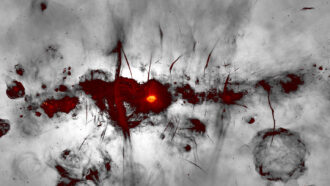 Space
SpaceWild art? No, it’s a radio image of the heart of our Milky Way
Eyelash-like radio filaments accent the brightest feature in this image — a supermassive black hole.
-
 Space
SpaceExplainer: Telescopes see light — and sometimes ancient history
Different kinds of telescopes on Earth and in space help us to see all wavelengths of light. Some can even peer billions of years back in time.
By Trisha Muro -
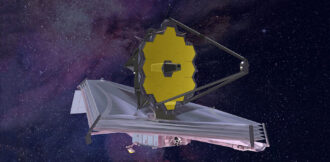 Space
SpaceThe long-awaited James Webb Space Telescope has a big to-do list
The James Webb Space Telescope has been in the works for so long that new fields of science have emerged for it to study.
-
 Physics
PhysicsFuture cars may offer personal sound zones — no earphones needed
Zones that offer each passenger personal listening are closer to reality. A new design improves performance by adapting to the conditions in your car.
-
 Space
SpaceLet’s learn about auroras
A gust of charged particles from the sun called the solar wind lights up auroras on Earth — and on other planets.
-
 Materials Science
Materials ScienceThese colorful butterflies were printed with transparent ink
Clear ink creates a whole rainbow of colors when printed in precise, microscopic patterns. This phenomenon is known as structural color.
-
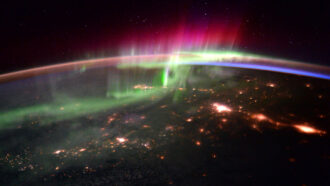 Space
SpaceExplainer: How auroras light up the sky
The northern and southern lights are considered natural wonders of the world. Here’s how these and related splendid sky glows form.
-
 Tech
TechA sense of touch could upgrade virtual reality, prosthetics and more
Scientists and engineers are trying to add touch to online shopping, virtual doctor appointments and artificial limbs.
-
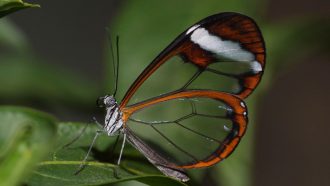 Animals
AnimalsUncovering secrets of the glasswing butterfly’s see-through wings
The tricks of its transparency include sparse, spindly scales and a waxy coated membrane.
-
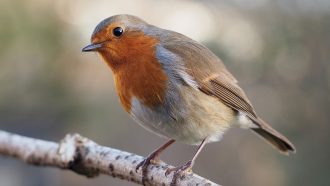 Animals
AnimalsBirds could get their sense of direction from quantum physics
Songbirds could detect north and south using a protein in their eye. It works somewhat like a compass.
-
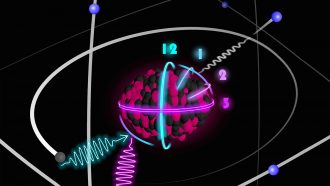 Physics
PhysicsNuclear clocks are nearly here
More precise clocks could improve technologies such as GPS and help scientists test major ideas in science.